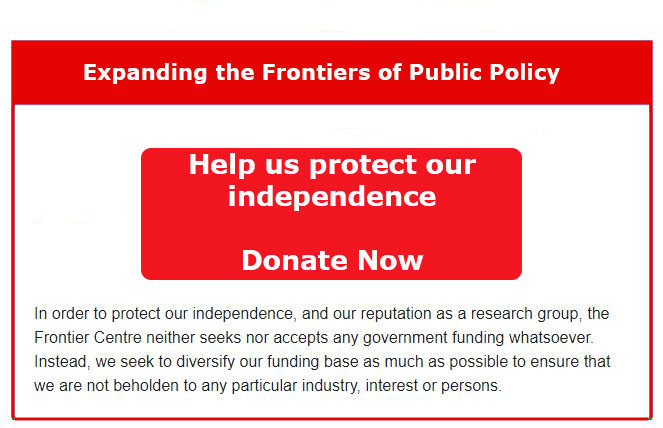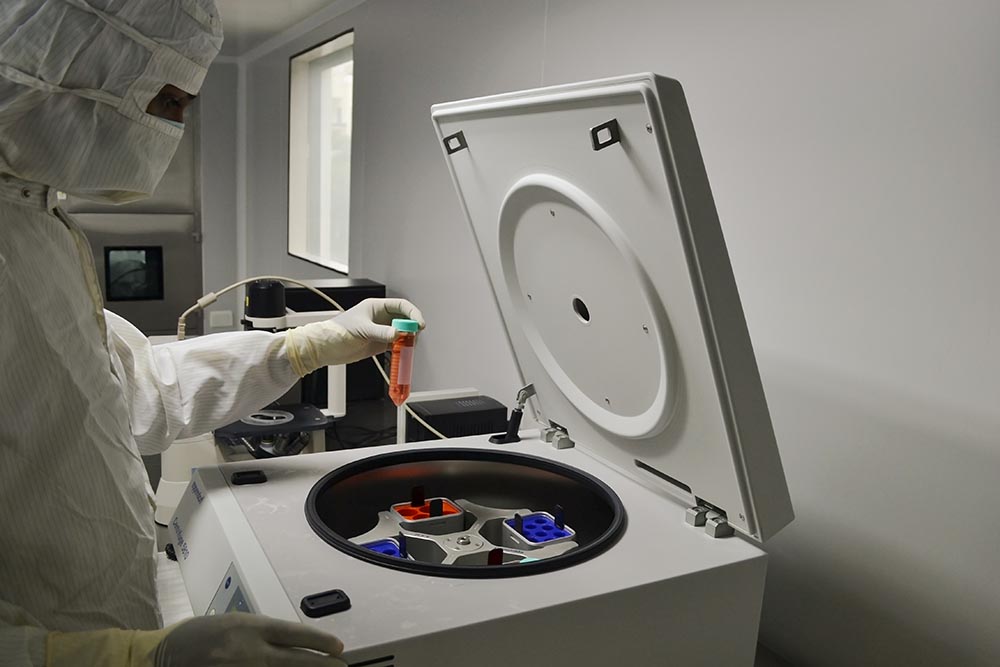The Book of Genesis says God made the animals each “according to their kinds,” then humanity in the divine image. Of course, not everyone believes in a sacred creation. Some scientists would rather play God and mix the animal and human species. This endeavour is fraught with ethical problems, some of which have already been demonstrated.
H.G. Wells wrote The Island of Doctor Moreau in 1896, a novel he would later describe as “an exercise in youthful blasphemy.” In the book, Moreau receives public scorn for his gruesome experiments in vivisection. So, he withdraws to an island to continue his research out of sight and create half-animal, half-human creatures.
Life would soon imitate art. In 1900, German scientist Hans Friedenthal discovered that the blood cells of chimpanzees, gorillas, orangutans and humans were remarkably similar. He speculated that a hybrid ape-man was possible. Dutch zoologist Herman Marie Bernelot Moens wanted to impregnate a chimp with human sperm but lost his teaching position over the idea. In 1926, artificial insemination pioneer Ilya Ivanov tried three times to inseminate chimps with human sperm in French Guinea, Africa. He also wanted to inseminate African women with chimp sperm without their knowledge. When word got out about this, the Soviet Academy of Sciences stopped his funding.
It seems The Island of Dr. Moreau had unethical experimentation all wrong. The smarter approach was to start in secret, condition the public to welcome the benefits and then slowly bring the experiments mainstream. Some murky glimpses suggest this may well be happening.
What better place to consider clandestine experiments than a show called “Conspiracy Theory”? In 2012, former Minnesota governor Jesse Ventura made an episode of that program called “Manimal”. On the show, animal rights activist Chris DeRose warned him: “They’ve created pigs and they’ve got human blood flowing through their bodies, mice with human brains.”
Ventura said he’d heard 10 years prior in Shanghai about rabbit-human embryos. Was this all for a good cause, such as growing organs? DeRose wished that were true, but said: “It’s for power, it’s for control.” Ventura’s production team even interviewed an alleged whistleblower named Dr. Hussein Hussein who led them to a ranch in Reno, Nevada whose sheep purportedly had human blood and livers.
University of Albany biopsychology researcher Dr. Gordon Gallup stated on camera that during his graduate studies, his professor told him that the “humanzee” had become real. The prof said a chimp had been inseminated with human sperm at the Yerkes National Primate Research Center where he formerly worked. The result was euthanized a week after birth.
Stanford bioethicist Dr. William Hurlbut told Ventura that a Harvard professor said he wanted to “mix human and chimp genes in a new creature to see what each gene did…Some people would want to enhance humans for the bio-Olympics, maybe even as some sort of domestic slaves.”
By 2016, the chimeras were no longer part of a conspiracy theory and became acknowledged, government-sanctioned science. In August of that year, the National Institute for Health Research in the U.K. announced it would allow human stem cells to be put into animal embryos.
In 2017, a team at California’s Salk Institute for Biological Studies led by Juan Carlos Izpisua Belmonte developed pig-human hybrids by injecting human stem cells into a pig. His team of more than 40 collaborators took four years to figure out the process whereby they developed 186 chimeric embryos past three weeks’ gestation. By 2019, he developed human-monkey chimera embryos in China by a similar process.
Drs. David Niesel and Norbert Herzog explored the possibilities for hybrids in a Huffington Post article entitled, “The Island of Dr. Moreau For Real.”
“Stem cells have the ability to form any tissue,” the authors explained. “So an animal embryo injected with human stem cells could produce an animal with a human kidney or lung. They could then be sacrificed for the human organs that they harbor…But what about animals where the human stem cells become part of the brain? Could we produce some animals that are capable of human thought? The potential for this now seems possible—wow!…a fantastic new frontier for brain research.”
The authors seemed too whimsical as they concluded: “Scientists will need guidance from ethicists and the public as this research begins to develop. It is not yet time to turn your backyard into a hybrid livestock ranch for human organs!”
Right. Or was a ranch in Reno doing that already? As for the human-animal brain experiments, they came soon enough. Chinese and American researchers produced 11 transgenic macaque monkeys that included MCPH1, a human brain gene. The altered monkeys had better short-term memory and shorter reaction time than regular ones.
Scientists do need ethicists, but some don’t want them. The latter kind wants to play God and heed neither Christian God nor mere mortal. Technology without ethics never goes well. One day, we may long for the days before “each according to their kinds” was violated and we mixed ourselves with animals.
Lee Harding is a research associate with the Frontier Centre for Public Policy.
Photo by Satheesh Sankaran on Unsplash.



